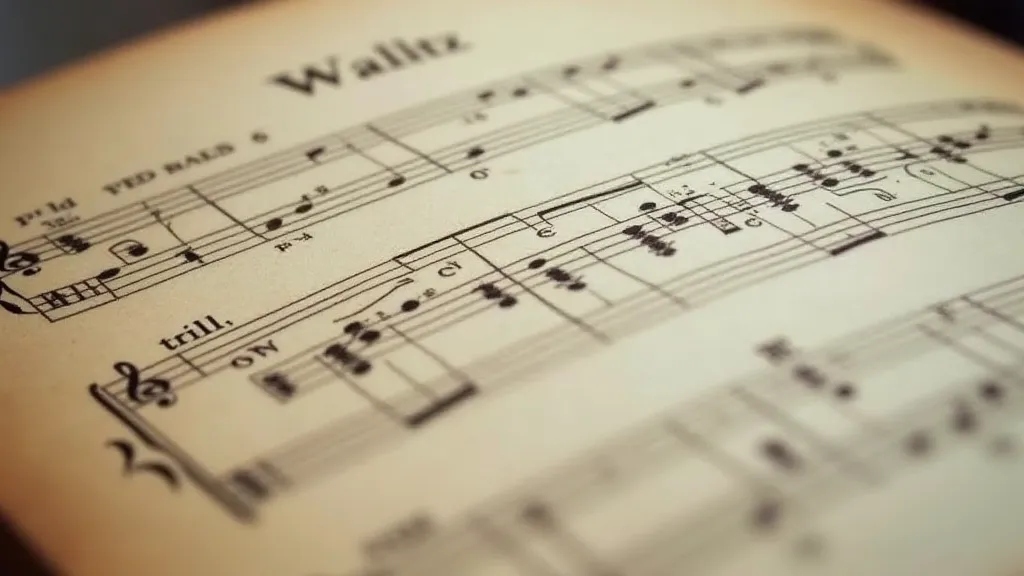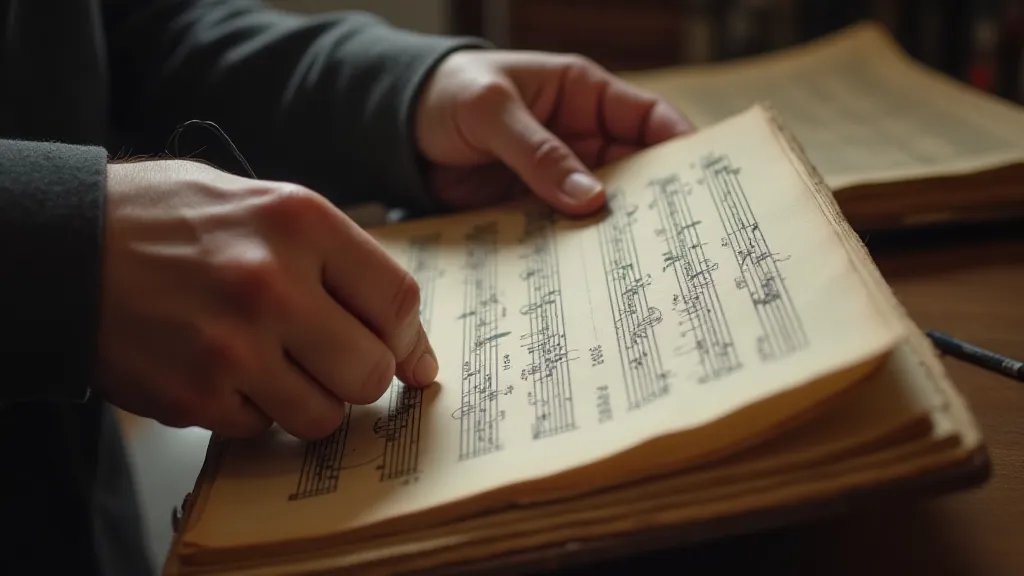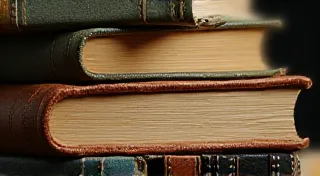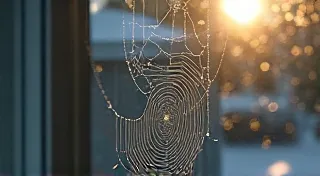The Silent Symphony of Ornamentation: Deciphering Performance Nuances in Vintage Scores
There's a quiet magic that emanates from vintage sheet music. It isn's just the faded ink, the brittle paper, or the elegant typography; it’s the whispers of performances long past, the echoes of audiences captivated, and the subtle hints of a vanished musical language. As collectors, we’ve come to appreciate the inherent beauty of these artifacts. But as enthusiasts, we can delve deeper, trying to reconstruct not just what was *written* on the page, but how it was originally *played* and understood. This isn't merely about reading notes; it's about interpreting a silent symphony of ornamentation – a vital, and often overlooked, element of performance practice.
My own fascination began with an accordion. Not a pristine, modern instrument, mind you, but a well-worn, 1920s Excelsior, rescued from a dusty attic. The previous owner, a traveling musician, had left behind a small trove of sheet music tucked within the bellows. These weren't the simplified arrangements you find in music stores today. They were complex, demanding pieces, crammed with symbols I barely recognized. That accordion, and the music it held, sparked a journey – a quest to understand the musical context that shaped its voice.

Beyond the Notes: A Language of Gesture
Modern music education often emphasizes a standardized approach. While this has its merits, it can also inadvertently strip away the nuances of earlier performance practices. In the late 19th and early 20th centuries, ornamentation wasn’t merely a decorative flourish; it was an integral part of the musical language. Musicians were expected to interpret and embellish the score, demonstrating their skill and artistry. Think of it less as strict adherence to the printed page and more as a starting point – a framework for improvisation and individual expression.
Look closely at a vintage score, particularly those from the Romantic and early Impressionistic periods. You’ll find a plethora of markings that are either absent or vastly simplified in modern editions. Appoggiaturas, trills, mordents, turns—these weren't just symbols to be executed mechanically. Their execution – their speed, placement, and dynamic shading – was a matter of personal interpretation and often guided by the specific style of the composer or the prevailing tastes of the era. The sheer volume of markings can be overwhelming, but understanding their proper interpretation sheds light on the performer's role in shaping the musical narrative. Often, these markings weren’s simply prescriptive; they were springboards for creativity and individual artistry.
Consider the use of the term "con espressione.” It’s more than just “with expression.” It implies a deep understanding of the music's emotional core and the freedom to shape the phrases to convey that emotion. A simple marking like “rubato” – literally “robbed time” – isn't about playing out of time; it’s about subtly speeding up and slowing down the tempo for expressive effect. Understanding these markings requires delving into the cultural and musical context of the time, and also recognizing that the physical condition of the score itself can offer valuable clues about its history and evolution. The paper's fragility, for example, is a testament to the passage of time and the environmental factors that have impacted its preservation. Exploring these factors further can be found in The Paper’s Fragility: Environmental Factors and Preservation Strategies.
The Composer's Hand and the Performer's Voice
The relationship between composer and performer was also quite different in the 19th century. Composers often provided more detailed performance instructions than we typically see today, recognizing that their music would be brought to life by skilled interpreters. Franz Liszt, for instance, was notorious for his elaborate performance markings, often leaving extensive annotations for his pianists. These annotations weren’t simply suggestions; they were considered an essential part of the composition.
Furthermore, the idea of "authenticity" was understood differently. While modern performers often strive to recreate historical performances as accurately as possible, musicians of the past were more comfortable blending different styles and incorporating contemporary techniques. A pianist playing Beethoven in 1900 might have incorporated elements of Romantic performance practice, creating a unique and individualized interpretation. It's a fascinating interplay of tradition and innovation, and it’s something that often gets lost in modern reproductions. The way performance practices evolved over time and the subtle shifts in understanding of composers' intentions is a rich topic; a closer examination of the evolution of these elements can be found by investigating The Unfinished Cadenza: Sheet Music as a Record of Evolving Performance Practices.

The Craftsmanship of the Page: More Than Just Ink
The physical characteristics of vintage sheet music also contribute to our understanding of its historical context. The paper itself—often a thicker, more durable stock than what’s used today—tells a story of quality and longevity. The typography—often meticulously chosen and beautifully rendered—reflects the aesthetic sensibilities of the era. Even the watermarks on the paper can provide clues about the music’s origin and age. These subtle details—the quality of the paper, the type of ink used, the style of the typography—are all windows into the world of music publishing and the cultural values of the time.
Furthermore, look for handwritten annotations. These marginalia—often penned by previous owners—can reveal valuable insights into how the music was perceived and played. A pencil marking indicating a slight tempo change, a crossed-out ornamentation, or a brief note about a particularly challenging passage—these are all fragments of a lost musical conversation. Beyond the obvious markings, consider the circumstances surrounding the sheet music's journey through time – its popularity and how it was passed down through generations. The fleeting nature of musical popularity and the challenges in preserving its memory are compelling subjects. More about this can be found at Ephemeral Rhythms: Sheet Music and the Fleeting Nature of Popularity.
Beyond the Performance: Understanding Musical Context
Collecting and appreciating vintage sheet music goes beyond mere aesthetic appreciation. It's about understanding the broader cultural and historical context in which the music was created and performed. Consider the social role of music in the late 19th and early 20th centuries. Music was a central part of social gatherings, from formal concerts to informal parlor performances. Sheet music was readily available and accessible, making music an integral part of everyday life. The vibrant world of music publishing and the intricacies of the music industry during this era offer another layer of understanding. The stories behind the music – the composers, the publishers, the performers – are all interwoven with the physical artifacts themselves.
The handwritten annotations found on vintage sheet music can be particularly illuminating, offering a glimpse into the personal thoughts and interpretations of previous owners. These annotations can reveal not only technical adjustments to the score but also emotional responses to the music and insights into the performer’s understanding of the composer’s intentions. Deciphering these annotations is akin to uncovering a hidden dialogue between past and present, allowing us to connect with the musical experience of those who came before us.
The Legacy of Interpretation: Reconstructing Lost Voices
Ultimately, studying vintage sheet music is an exercise in historical reconstruction. It's about trying to recreate, as accurately as possible, the musical landscape of a bygone era. While we can never fully know what a performance sounded like a century ago, by carefully examining the score, considering the historical context, and studying the annotations of previous owners, we can gain a deeper understanding of the musical experience of the time.
Furthermore, the evolution of musical notation itself provides valuable insights. The symbols and markings used in vintage scores may differ significantly from those used in modern editions, reflecting changes in performance practices and aesthetic preferences. Understanding these differences is essential for accurately interpreting the music and appreciating its historical significance.
The stories held within these fragile pages are invaluable to understanding not only music history, but the human experience itself. Each mark, tear, and annotation is a testament to the enduring power of music to connect us across time and space. The notes on the page themselves represent more than just a series of instructions; they are a gateway to a lost world, waiting to be rediscovered.

Collecting & Preserving the Echoes
Collecting vintage sheet music isn’t just about acquiring beautiful objects; it's about preserving a vital piece of musical history. As collectors, we have a responsibility to handle these fragile documents with care, protecting them from further deterioration. Proper storage—in acid-free folders and boxes—is essential. And, when possible, sharing our collections with others—through exhibitions, lectures, or online resources—is a way to keep the music alive. Beyond just protecting the physical documents, sharing the context and stories surrounding them is vital to ensuring their lasting impact.
Restoration is a delicate matter. While some minor repairs—such as mending torn edges or flattening creases—can be safely undertaken, attempting to "clean" or "restore" vintage sheet music can often do more harm than good. It's always best to consult with a qualified paper conservator for advice. The nuances of these processes are complex and require specialized expertise; understanding the challenges involved is key to responsible preservation.
The true value of vintage sheet music lies not just in its monetary worth, but in its ability to transport us back in time—to a world where music was more spontaneous, more expressive, and more deeply integrated into everyday life. It’s a world we can glimpse, however fleetingly, through the silent symphony of ornamentation etched onto the aged pages. The legacy of those who created, performed, and cherished this music remains, waiting to be heard and appreciated by generations to come. The personal touch found in handwritten notes can offer profound insights into the lives and experiences of those who came before us. These glimpses into the past are invaluable, reminding us of the enduring power of music to connect us across time and space. Understanding the process by which these materials have come down to us, and the individuals who have cared for them, adds another layer of appreciation for their significance.
For deeper insights into these intricate historical nuances, please explore the related resources listed above. The echoes of past performances, captured in the fragile pages of vintage sheet music, invite us to listen, to learn, and to celebrate the enduring legacy of musical artistry.





